|
By Chandler Dolan Bumble Bee Technician Introduction The scene: It’s a classically humid, July afternoon. A gaze across the prairie shows patches of yellows and pinks, suggesting the presence of yellow coneflower and wild bergamot. As the heat intensifies, the birds and bison seem to slow. You stand quietly, intently listening to the sounds the grassland offers. Suddenly, a loud buzz tears through the patterns of bird melodies and katydid song. A familiar yellow and black face emerges from under a canopy of partridge pea: a bumble bee. Bumble bees are familiar insects. The shaggy combination of yellow and black (and sometimes orange) hairs with a plump, round build makes these insects nearly unmistakable. Their role of pollinating beautiful wildflowers and food plants alike is an important ecosystem service they provide us, free of charge. Their friendly buzz and frantic foraging suggest a healthy ecological system. Unfortunately, bumble bees face an uncertain future. Through habitat loss, pesticide use, and disease, many bumble species have experienced significant decline and are becoming increasingly rare. Thankfully, Nachusa gives refuge to three threatened species of bumble bees, including the critically endangered rusty-patched bumble bee (Bombus affinis). In 2017, Bethanne Bruninga-Socolar discovered the presence of the rare bumble bee at Nachusa in the form of a foraging worker. This was a great discovery, as the current distribution of the species is fairly unknown. To know this species was living at Nachusa was special and has given rise to new research opportunities and questions to be answered. With the new motivation of a federally endangered species in the Grasslands, new projects have begun! The 2020 season is the first season we have boots on the ground (in the form of me!) to monitor bumble bee abundance and diversity across all species of bumble bee at Nachusa. We start with simple questions: What species of bumble bees are here? How many of them are there? What flowers are they using? By answering these questions, we can start to form new questions and learn about the Grasslands. This season is all about exploration, experimentation, and just getting a sense of the bumble bees at Nachusa. Endangered Bumble Bees of Nachusa Grasslands As mentioned, the rusty-patched bumble bee is a federally recognized endangered species in the United States. In fact, it is the first bumble bee species to be listed on the United States Endangered Species Act. This characteristic bumble bee sports a unique “rusty patch” on its abdomen, which is one of its best identification traits, hence the name. The decline of this species is somewhat mysterious and very sudden. Prior to 1996, this species was abundant throughout much of the Midwest and Northeastern U.S. After 1996, the species tumbled into rapid decline and is now extremely rare in the Northeast. Most records of this species today are sporadically reported in the Midwest, but at very low rates. In the seven weeks I have been surveying, I have detected two rusty-patched bumble bee workers at Nachusa. To know this species is still present and not extinct is a great discovery alone. But understanding the way it uses the mosaic and where it chooses to nest is still up for question, and is difficult to answer with such sparse sightings. Our first sighting occurred very early in the field season. In fact, it was the fourth day of surveying! Seeing a single rusty-patched worker busily foraging on beardtongue (Penstemon digitalis) was a great way to start the season. Our second was about a month later on July 17th. Upon my arrival to a hill to do some quick exploration, the very first bee I spotted was the rare but distinct bumble bee methodically feeding on wild bergamot (Monarda fistulosa). I held back tears of joy as I quickly netted the bee for proper identification. Nachusa also houses two other declining bumble bee species: the golden yellow bumble bee (Bombus fervidus) and the American bumble bee (Bombus pensylvanicus). Bombus fervidus has quickly become one of my favorite species, as its striking yellow abdomen and bold, black thorax band are impossible to miss. While these species are not recognized as endangered by the federal government, they have documented declines that warrant them a “vulnerable to extinction” assessment by the IUCN Redlist. I’m happy to report that these species are detected regularly and seem to like certain parts of the Grasslands. One day we hope to answer these questions: What parts of Nachusa are these vulnerable species found, and why? What makes one patch of habitat more suitable than another? Conclusion Bumble bees are interesting. Their familiarity provides a calming energy, as their small wings effortlessly lift their seemingly oversized bodies and loads of pollen to provide for the nest and its offspring. But despite how recognizable they may be, there is still much to learn about them. Simple things such as their habitat and favorite flowers are yet to be fully understood. A closer look into the world of bumble bees reveals a world of individual decision-making by our hairy friends that we are working hard to better understand. One of the first steps to conserving a species is to better our understanding of them. With the first long-term bumble bee surveying season at Nachusa underway, we hope to better understand our bumble bees and to one day provide them the best habitat we can. To lose a species is to lose a piece of a puzzle. Once gone, the picture will never be the same, with a hole no other piece can fill. *** UPDATE: On July 29th and 30th, two more rusty-patched bumble bees were observed at Nachusa! That makes a total of 4 observations this season! *** Dr. Bethanne Bruninga-Socolar's ongoing research on Nachusa's bumble bees is supported with a Scientific Research Grant from the Friends of Nachusa Grasslands. If you would like to play a part in helping the bees at Nachusa Grasslands, consider joining our Thursday or Saturday Workdays or giving a donation to the Friends of Nachusa Grasslands. Donations to Friends can be designated to Scientific Research Grants. Chandler Dolan graduated from the University of Northern Iowa in December of 2019. Throughout Chandler's career as a young biologist, they have been continually drawn to endangered species ranging from the rusty-patched bumble bee to neotropical parrots and migratory songbirds. As Chandler dives deeper into the world of bumble bees, they hope to pursue bumble bee conservation as a long-term goal for graduate school.
2 Comments
Bernie Buchholz
8/9/2020 05:38:10 pm
Beautifully written and factually inspiring. Great job, Chandler.
Reply
6/27/2022 04:25:41 pm
Wow! I’m thrilled to have found your post here while I was researching possible Bumble bee identifications for bumbles I’ve been observing. I’m a botanical illustrator and teacher here in Richmond, va. I’m focusing my work on bumble bees and the various inflorescences I observe them on. It’s wonderful to know that Bombus affinis was spotted 4x, even though it was 2 years ago. “ One of the first steps to conserving a species is to better our understanding of them. With the first long-term bumble bee surveying season at Nachusa underway, we hope to better understand our bumble bees and to one day provide them the best habitat we can. To lose a species is to lose a piece of a puzzle. Once gone, the picture will never be the same, with a hole no other piece can fill.” —beautifully written and stated.
Reply
Your comment will be posted after it is approved.
Leave a Reply. |
Blog CoordinatorDee Hudson
I am a nature photographer, a freelance graphic designer, and steward at Nachusa's Thelma Carpenter Prairie. I have taken photos for Nachusa since 2012. EditorJames Higby
I have been a high school French teacher, registered piano technician, and librarian. In retirement I am a volunteer historian at Lee County Historical and Genealogical Society. Categories
All
Archives
January 2024
|
CONNECT WITH US |
|
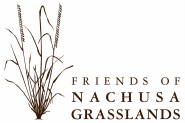
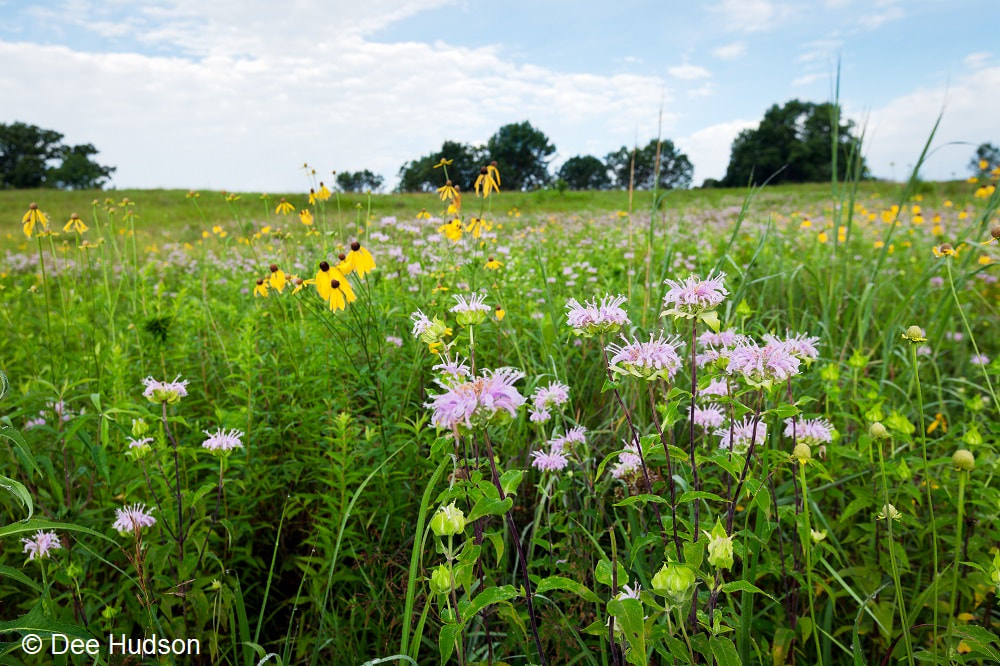
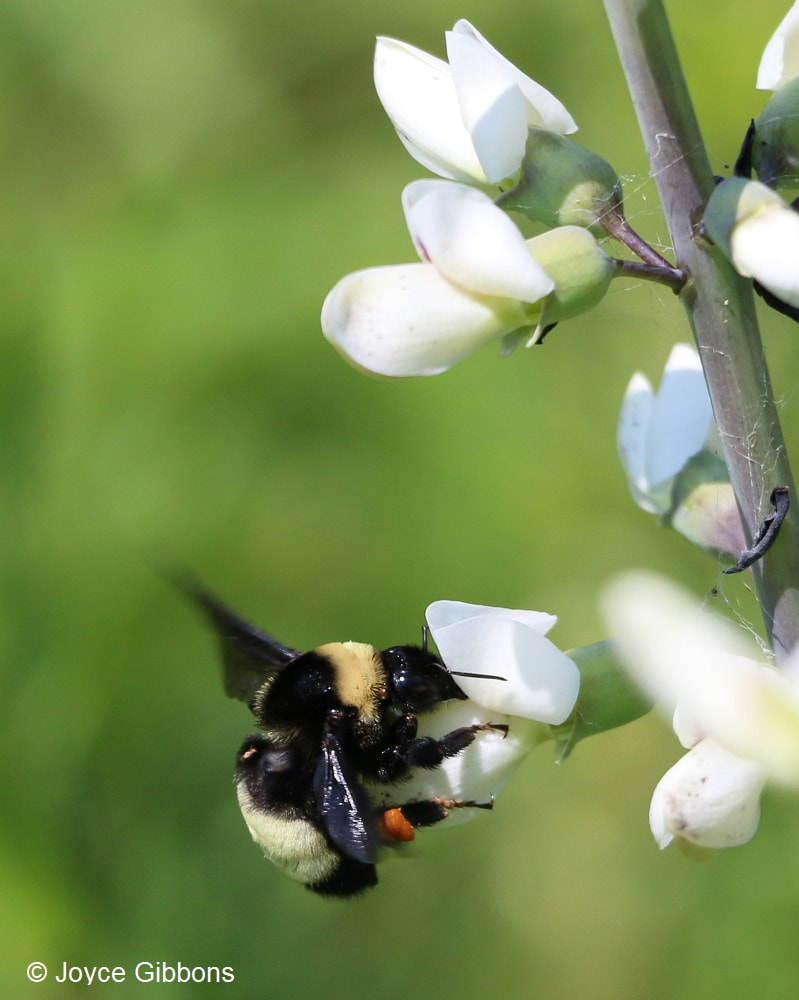
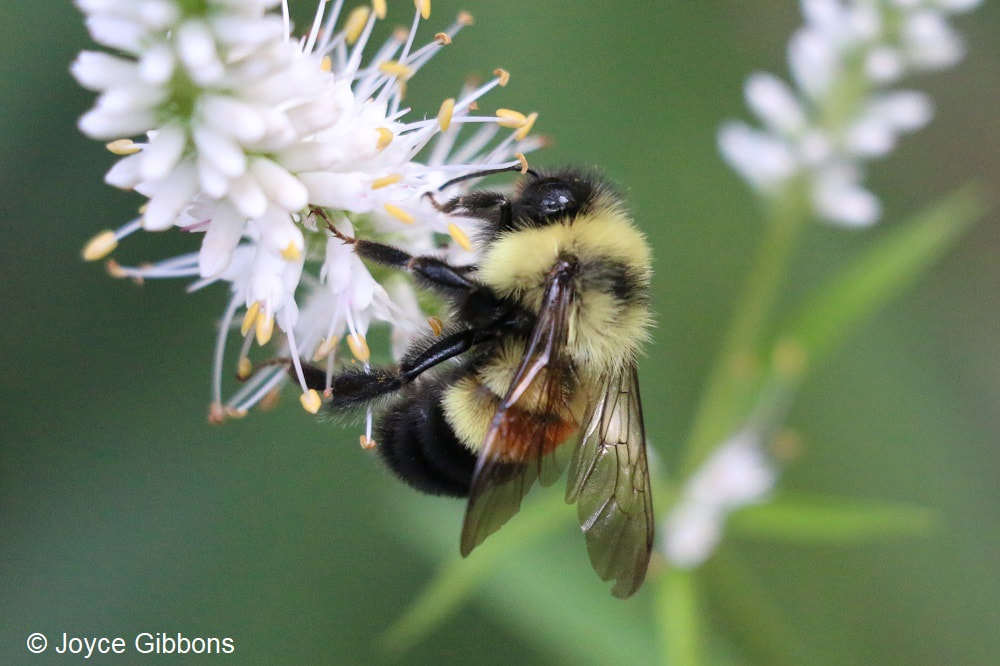
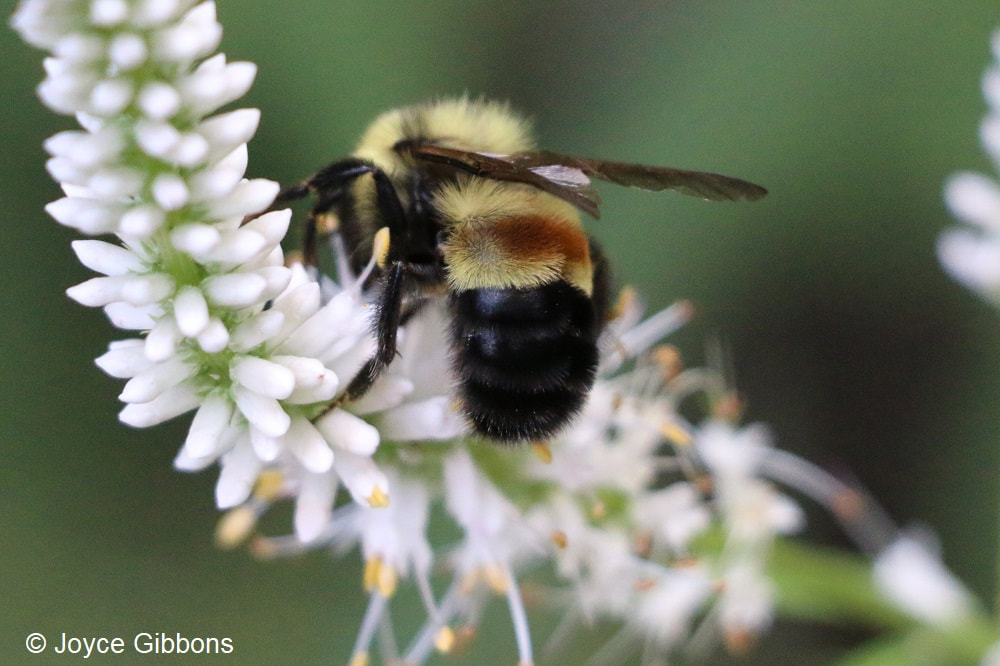
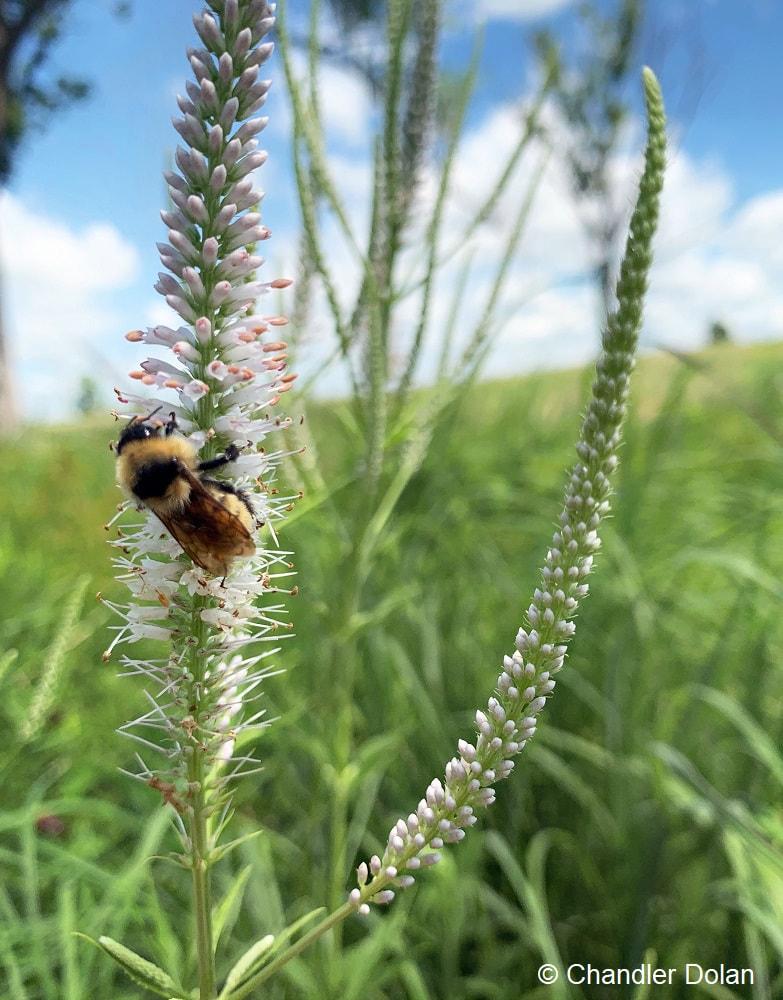
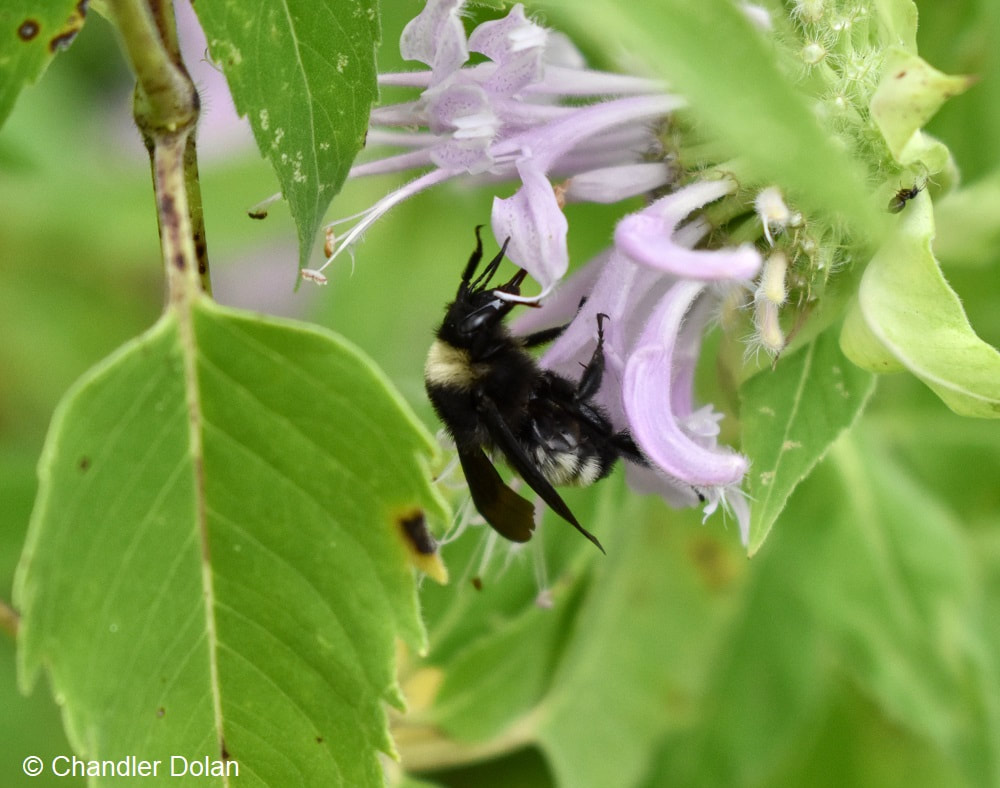
 RSS Feed
RSS Feed